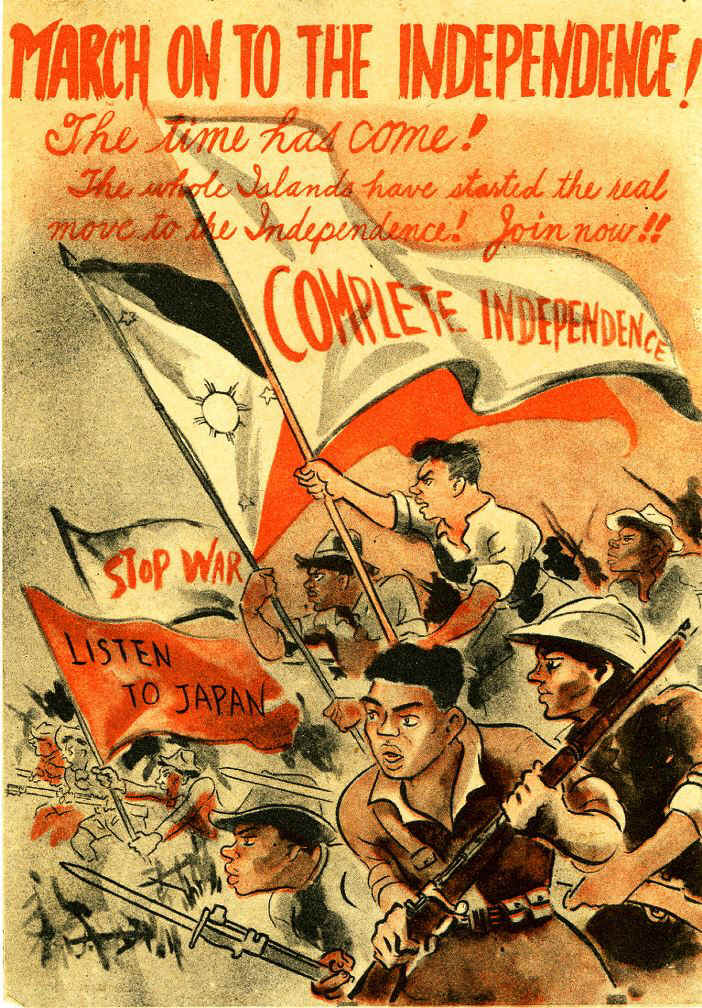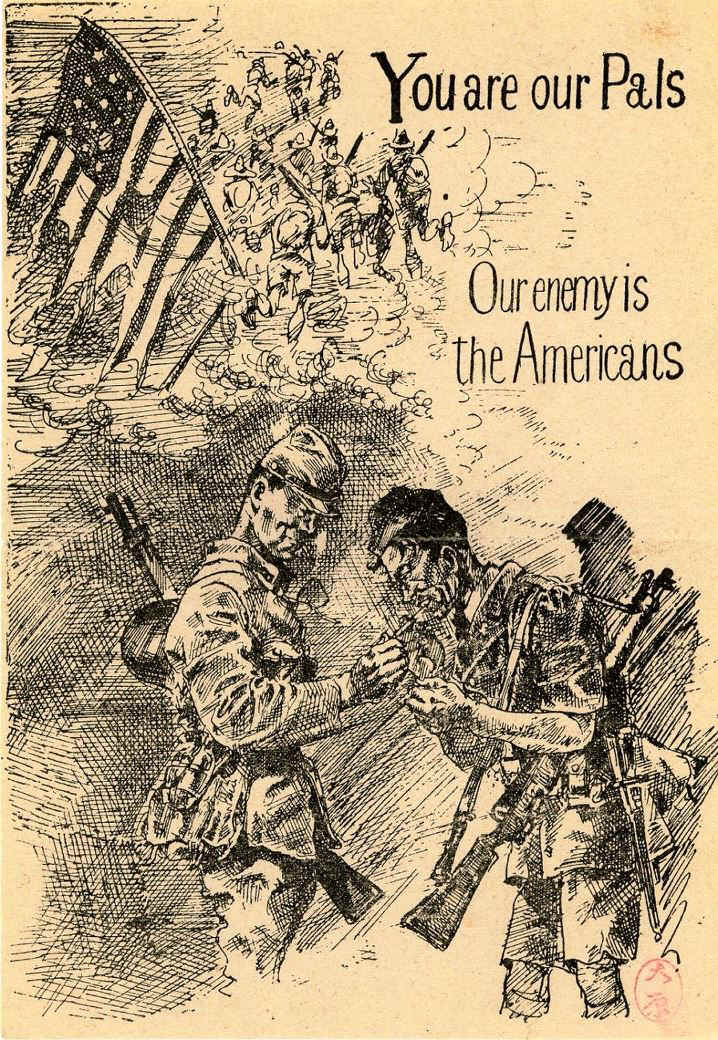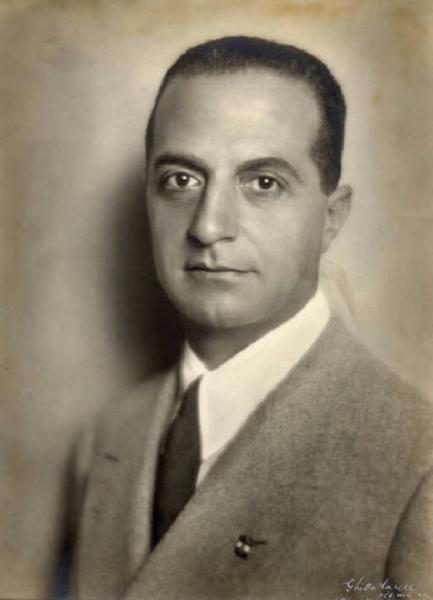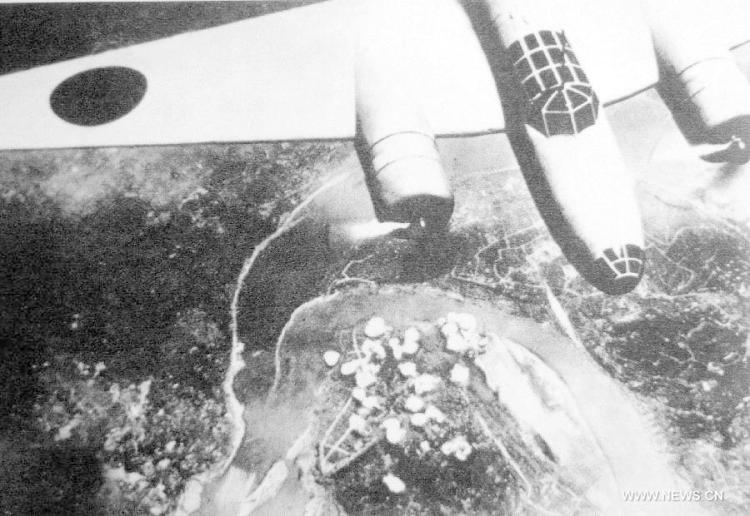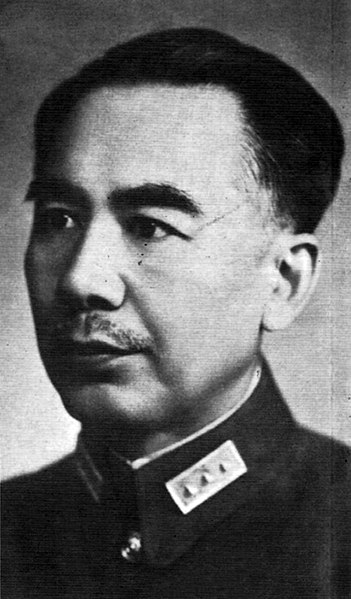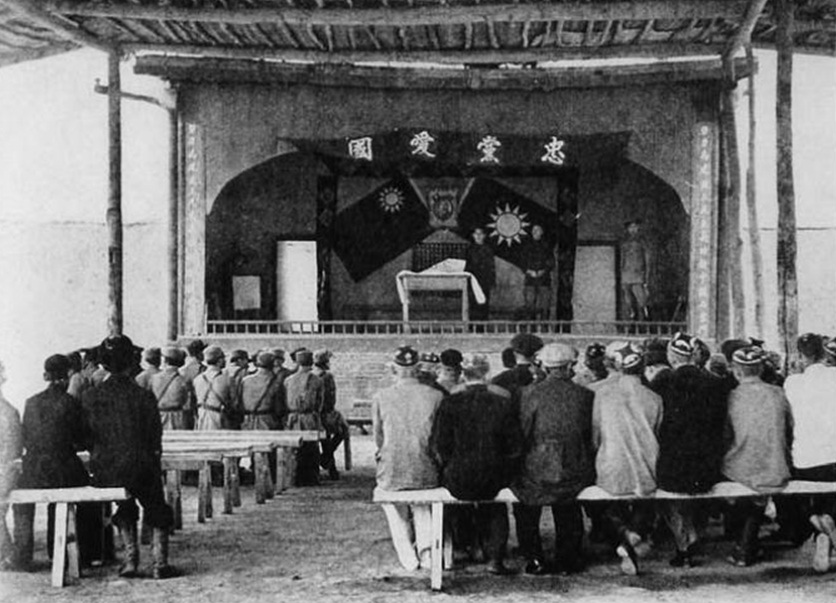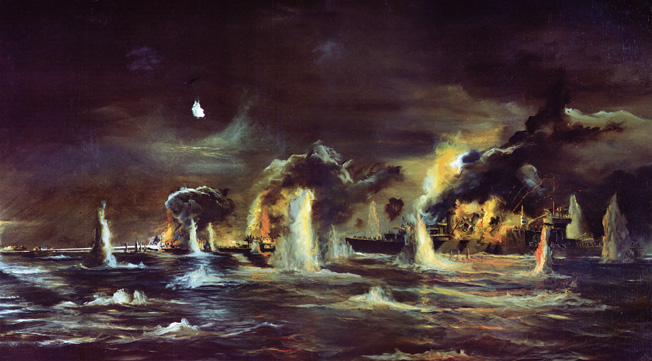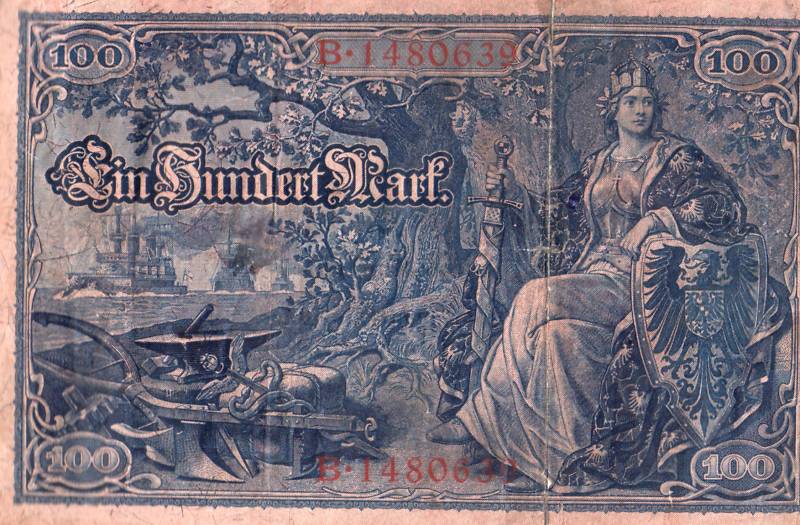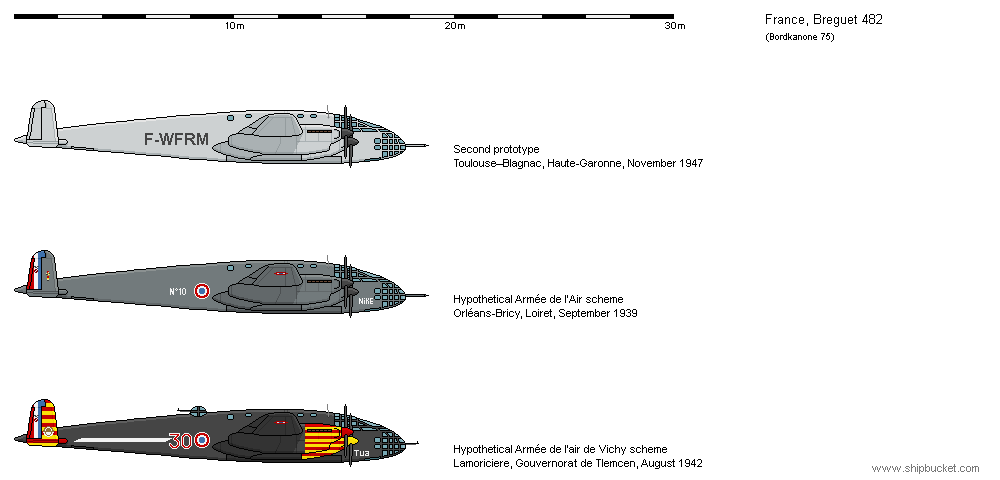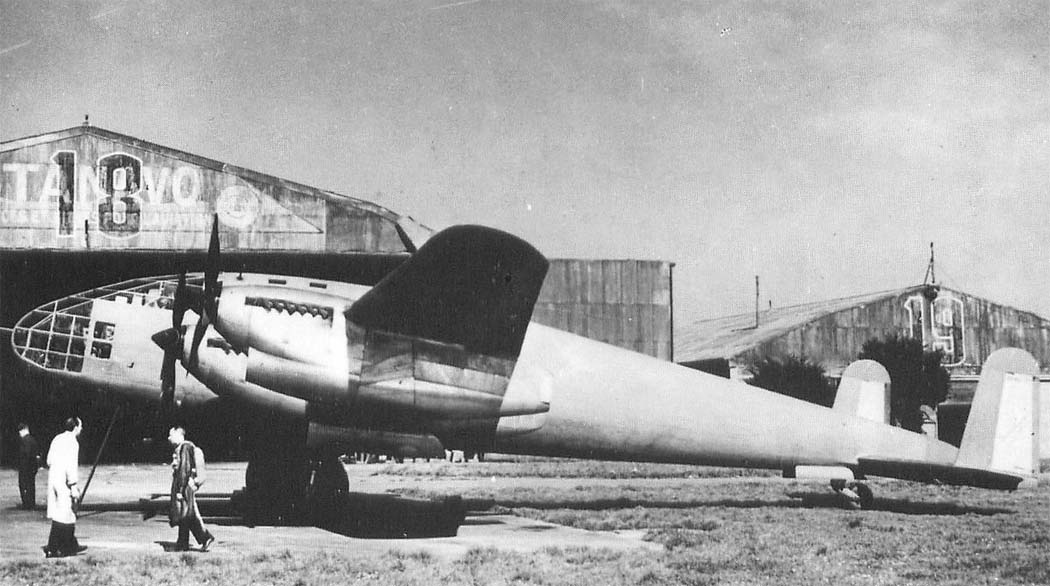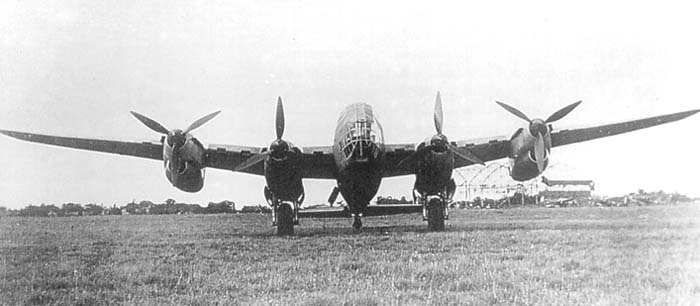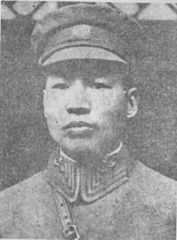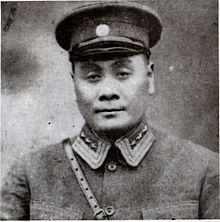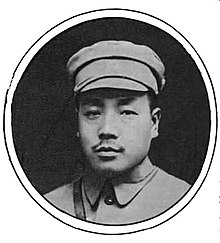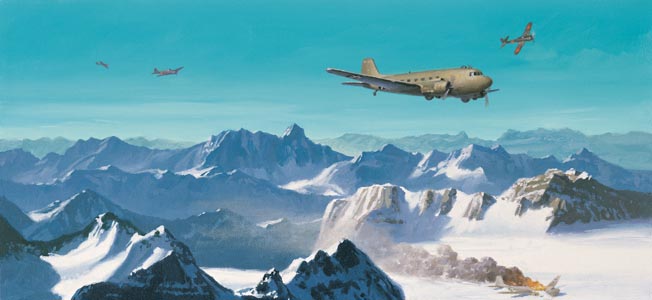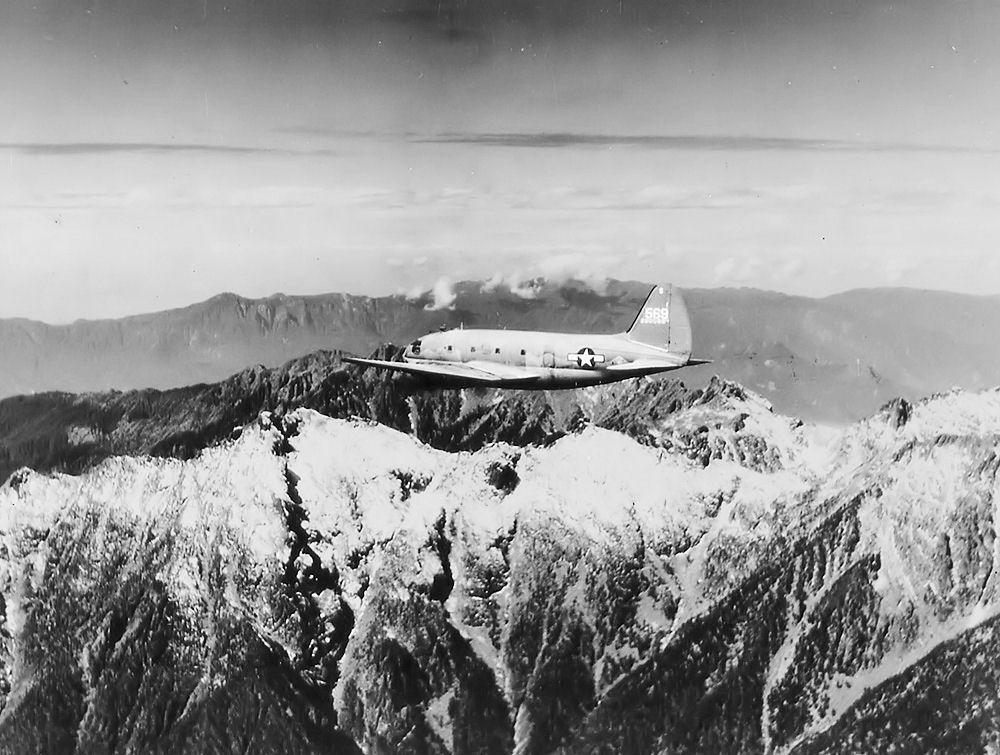Chaper 447: The African Campaign – Part 9: Second Battle of El Alamain:
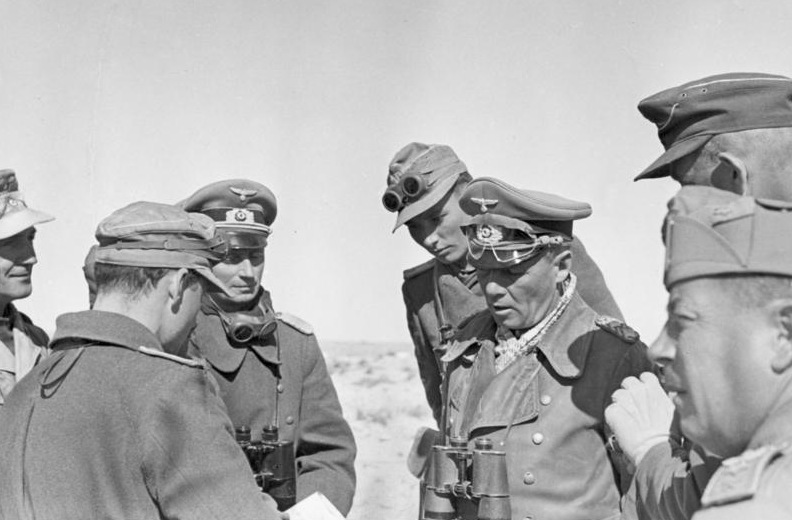
General Field Marshall Erwin Rommel had learned from the Battle of Alam el Halfa, where he had tried to bypass the strong Allied (mainly British) defences in the south, only to be stopped by stron Allied positions on the Alam Halfa Ridge/ Alam-el-Halfa Ridge and a Allied counter-offensive from the Ruweisat Ridge. Still Rommel had learned from the Battle that the British defences in the South, were the Greek Brigade, the Free French and the British 44th and 50th Divisions alongside the 22nd and 23 Armored Brigade and the 7th Armored Divison were positioned, the Allied defences were at their weakest. Knowing from Axis Central Powers bombing raids from Crete, Rhodes and Cyprus on the northern British and Commonwealth positions directly in El Alamein, Rommel knew that the enemy was building up massive forces and could soon overwhealm him if this continued. This Allied Army build up was slowed down by pro-German, pro-Axis Central Powers and pro-Egypt independence, Egypt spies and saboteurs, who blew up parts of the Allied supply railways towards El Alamein and even startet some minor protests, strike as well as even local uprisings against British rule in Alexandria and Cairo. Axis Central Power bombers therefore targeted the roads and railwas from Cairo and Alexandria to El Alamein, now that Allied convoys from the west were impossible, with Gibraltar and Malta firm in Axis Central Power hands. Rommel knew that time was playing against him, but luckily thanks to the recent victories in Russia and the Imperial German High Command and the German Emperor Wilhelms hope to start Mohammedan unrest from Egypt to India, he received fresh and new forces for Northern Africa, even if some of the German supplies and forces moved further west and south, the incoming Italians forces were joined by a few Austrian-Hungarian motorized and infantry division, while most Fascist French and Spanish forces together with some of the German reinforcemens moved west and south from North Africa, instead of east. Rommel knew that the Allied had massed their forces in the North, including the British 1st and 10th Armored Division, the British 51st Highlander Division, the 9h Ausralian Division, the 2nd New Zealand Division, the 4th Indian Division and he 1st South African Divison. They faced the Italian 102nd Trento, 25th Bologna and 7th Bersa Divisions and Brigades, while the Italian 101st Trieste, 133rd Littorio Divisions and the Austrian-Hungarian Infantry and Tank divisions, together with the German 90th Light Division defended the secondary defence line, should the Allies manage to break trought the first one and the Axis Central Power minefields and defensive positions.
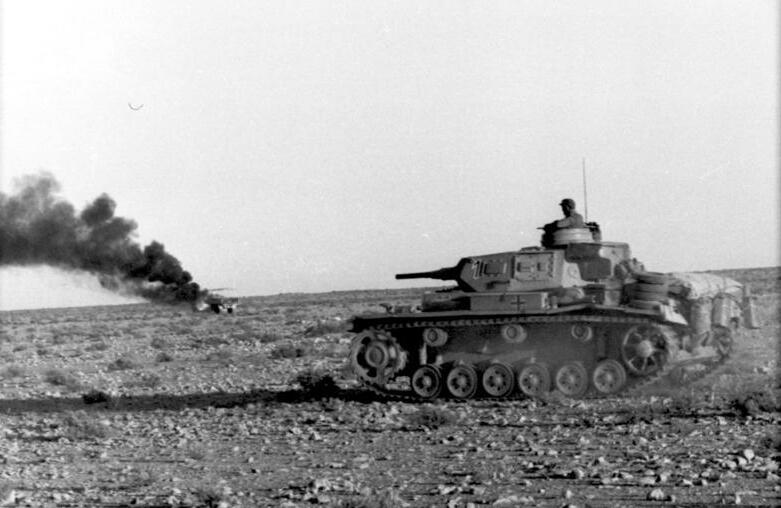
In the South of the Frontline, where the 44th British Infantry Division and the 1st Free French Brigade massed forces for a faint assault, Rommel entrusted the Italian Divison 17th Pavia, 132nd Ariete and a Austria-Hungarian support Division of Infantry and Light Motorized to hold the frontline in support of their defences by the Axis Central Power minefields there. The Center however, where the Allies had the Greek Brigade, the British 50th Infantry Division and the British 7th Armored Division as reserves, General Field Marshall Rommel planned his major assault. The plan was to use mockup trucks and tanks in the north to convince the Allies that he had more troops then he truly had, while his main forces, consisting of the Italian 27th Brescia Division, the German 164th Light Division as well as the German 15th and 21st Tank Divisions together with some Austrian-Hungarian prepared their main push. When the Allies attacked in the North and South on September 23, 1942, after increasing German and Italian bombing runs on their positions, Rommel waited till their first assault was stopped by Axis Cnetral Powers reinforcements and reserves. The Allies then started to attack again, but weaker this time, the moment Rommel had waited for. With the bulk of his own forces, he penetraed the weak Allied center between the Ruweisat Ridge and the Munassib Depression, forcing the 7th (in the South) and 10th (in the North) British Armored Divisons to come to the resque. The Axis Central Powers northern front had given a little bit of terrain, but the Eight Army under Lieutenant-General Bernard Montgomery had fallen for Rommel's trick, mostly because the Allies could not believe after the Axis Central Powers heavy bombardment and scouting of their Northern position, that the main Battle could happen anywhere except there. Rommels main oush was brutal and quick and soon some British and Greek forces were wavering. Because the Ruweisat Ridge and the Munassib Depression hindered to quick Allied counters, his forces pushed quiet far east, rendering the southern Free French and British forces cut off from the northern and eastern rest of their army.

Taking Alam Nayil, Rommel used the Allied confusion to his advantage and pushed further east towards Alam el Halfa once again, knowing that if the Allied had massed so much of their forces north, for a offensive, that the remainign forces there would not be as heavy and well defendet then last time, and that this time they would also lack the support of the main Armroed British Divisions. Because of this decision, the rush eastwards to Alam el Halfa became a race between the Germans, Austrian-Hungarians and Italians on the offensive and the retreating British 50th Infantry Divisions, the Greek Brigade and the 7th british Armored Division, as well as the more southern Free French Brigade and the 44th British Infantry Division, who feared to be cut off from the rest of the Alleid forces and be annihilated by another one of Rommels quick advances. It was Rommel's own myth now that helped the Axis Central Powers main assault in the center and caused a Allied rout and panick in the south, with more and more Greek, French and British forces there falling back in fear of a encirclement and surrounding by Axis Central Power Forces. Lieutenant-General Bernard Montgomery on the other hand meanwhile realized that this Axis Central Powers breaktrought, his own fleeing southern forces (by now attacked by the following Italians and Austrian-Hungarians) and the retreating Allied center, combined with the southward curve of the great Qattara Depression meant, that the Axis Central Powers Army now had a good chance to break trought in the south, cut off his army in two there and defeat them too quick for his own reserves and reinforcements to arrive from the Northwest, where they were massed.

The Second Battle of El Alamain would be one of the true mysteries of history, later historicans would compare it to Cannae, a reversed Cannae of some kind that is, since Montgomery's Army still outmatched that of Rommel in numbers of all kind. But the German's daring push trought the weak Allied Center, away from their northern massed bulk of the Allied forces caused the southern Allied front to panic and a mass retread started. Montgomery ordered the Allied forces falling back to form a new souhern defence line along their prepared positiond along the Alam al Halfa Ridge, were parts of the 44th British Infantry Division, the British 50th Infantry Division, the British 7th Armored Division and the 1st Free French Brigade managed to form a new defensive line all the way east to the cities and towns of El Ruweusat and Hamman, to keep the Allied railways to the main defences and forces in El Alamain open. Rommel however had hoped for the Allies to move like this and used the last of his reserves and the remaining fuel (dropped by the German transport Airship Lettow-Vorbeck shortly before the Battle) to turn east, cross the undefendet desert and surround the still superior Allied Army in El Alemain, just like the Axis Central Powers had done in Tobruk before. Until October 11, 1942 the Axis Central Powers bombing on the remaining Allied positions increased and despite deadly dogfights over the area and scouting by each side, Rommel managed to convince Montgomery with his earlier victory and dummies, that he at least had a equal army compared to his, while in reality the Axis Central Powers still had fewer numbers and whould have crumbled under a massed Allied counter-offensive. So Montgomery orders his massed forces to break out of the surroundet position, eastwards. The majority of the Eight Army escaped eastwars to Alexandria, were a new defensive position was quickly build, but the damage was done. The Axis Central Power Forces now had the opportunity to advance further into Egypt, threaten Cairo, the Suez Canal, and the western flank of the Middle Eastern Front. Ever since the end of Operation Crusader, in late 1941 Allied forces had lost to that of the Axis Central Powers in northern Africa. Rommel immediately made plans for further operations to take Egypt after receiving more reinforcements to garrison and secure his now even more overstretched supply lines. The Axis Central Powers Offensive deeper into Egypt, was unwillingly supported by the Co-Prosperity Sphere and Japan, with their Invasion of Darwin in Australia on December 8, 1942 , leading to the uprising of Australian soldiers in Africa and the Middle East who wished to return home to defend their homeland from Invasion, instead of fighting for the British Empire on the other half of the world. This first Commonwealth Forces Crisis had a huge impact on Allied morale, when the Indian forces did something similar during the 1943 Japanese, Burmese, Yankoku, Tibetan and Indian National Army Invasion (Liberation Offensive) into Assam and Benghal as a reaction to a British and Allied Offensive into Burma earlier in 1943.

General Field Marshall Erwin Rommel had learned from the Battle of Alam el Halfa, where he had tried to bypass the strong Allied (mainly British) defences in the south, only to be stopped by stron Allied positions on the Alam Halfa Ridge/ Alam-el-Halfa Ridge and a Allied counter-offensive from the Ruweisat Ridge. Still Rommel had learned from the Battle that the British defences in the South, were the Greek Brigade, the Free French and the British 44th and 50th Divisions alongside the 22nd and 23 Armored Brigade and the 7th Armored Divison were positioned, the Allied defences were at their weakest. Knowing from Axis Central Powers bombing raids from Crete, Rhodes and Cyprus on the northern British and Commonwealth positions directly in El Alamein, Rommel knew that the enemy was building up massive forces and could soon overwhealm him if this continued. This Allied Army build up was slowed down by pro-German, pro-Axis Central Powers and pro-Egypt independence, Egypt spies and saboteurs, who blew up parts of the Allied supply railways towards El Alamein and even startet some minor protests, strike as well as even local uprisings against British rule in Alexandria and Cairo. Axis Central Power bombers therefore targeted the roads and railwas from Cairo and Alexandria to El Alamein, now that Allied convoys from the west were impossible, with Gibraltar and Malta firm in Axis Central Power hands. Rommel knew that time was playing against him, but luckily thanks to the recent victories in Russia and the Imperial German High Command and the German Emperor Wilhelms hope to start Mohammedan unrest from Egypt to India, he received fresh and new forces for Northern Africa, even if some of the German supplies and forces moved further west and south, the incoming Italians forces were joined by a few Austrian-Hungarian motorized and infantry division, while most Fascist French and Spanish forces together with some of the German reinforcemens moved west and south from North Africa, instead of east. Rommel knew that the Allied had massed their forces in the North, including the British 1st and 10th Armored Division, the British 51st Highlander Division, the 9h Ausralian Division, the 2nd New Zealand Division, the 4th Indian Division and he 1st South African Divison. They faced the Italian 102nd Trento, 25th Bologna and 7th Bersa Divisions and Brigades, while the Italian 101st Trieste, 133rd Littorio Divisions and the Austrian-Hungarian Infantry and Tank divisions, together with the German 90th Light Division defended the secondary defence line, should the Allies manage to break trought the first one and the Axis Central Power minefields and defensive positions.

In the South of the Frontline, where the 44th British Infantry Division and the 1st Free French Brigade massed forces for a faint assault, Rommel entrusted the Italian Divison 17th Pavia, 132nd Ariete and a Austria-Hungarian support Division of Infantry and Light Motorized to hold the frontline in support of their defences by the Axis Central Power minefields there. The Center however, where the Allies had the Greek Brigade, the British 50th Infantry Division and the British 7th Armored Division as reserves, General Field Marshall Rommel planned his major assault. The plan was to use mockup trucks and tanks in the north to convince the Allies that he had more troops then he truly had, while his main forces, consisting of the Italian 27th Brescia Division, the German 164th Light Division as well as the German 15th and 21st Tank Divisions together with some Austrian-Hungarian prepared their main push. When the Allies attacked in the North and South on September 23, 1942, after increasing German and Italian bombing runs on their positions, Rommel waited till their first assault was stopped by Axis Cnetral Powers reinforcements and reserves. The Allies then started to attack again, but weaker this time, the moment Rommel had waited for. With the bulk of his own forces, he penetraed the weak Allied center between the Ruweisat Ridge and the Munassib Depression, forcing the 7th (in the South) and 10th (in the North) British Armored Divisons to come to the resque. The Axis Central Powers northern front had given a little bit of terrain, but the Eight Army under Lieutenant-General Bernard Montgomery had fallen for Rommel's trick, mostly because the Allies could not believe after the Axis Central Powers heavy bombardment and scouting of their Northern position, that the main Battle could happen anywhere except there. Rommels main oush was brutal and quick and soon some British and Greek forces were wavering. Because the Ruweisat Ridge and the Munassib Depression hindered to quick Allied counters, his forces pushed quiet far east, rendering the southern Free French and British forces cut off from the northern and eastern rest of their army.

Taking Alam Nayil, Rommel used the Allied confusion to his advantage and pushed further east towards Alam el Halfa once again, knowing that if the Allied had massed so much of their forces north, for a offensive, that the remainign forces there would not be as heavy and well defendet then last time, and that this time they would also lack the support of the main Armroed British Divisions. Because of this decision, the rush eastwards to Alam el Halfa became a race between the Germans, Austrian-Hungarians and Italians on the offensive and the retreating British 50th Infantry Divisions, the Greek Brigade and the 7th british Armored Division, as well as the more southern Free French Brigade and the 44th British Infantry Division, who feared to be cut off from the rest of the Alleid forces and be annihilated by another one of Rommels quick advances. It was Rommel's own myth now that helped the Axis Central Powers main assault in the center and caused a Allied rout and panick in the south, with more and more Greek, French and British forces there falling back in fear of a encirclement and surrounding by Axis Central Power Forces. Lieutenant-General Bernard Montgomery on the other hand meanwhile realized that this Axis Central Powers breaktrought, his own fleeing southern forces (by now attacked by the following Italians and Austrian-Hungarians) and the retreating Allied center, combined with the southward curve of the great Qattara Depression meant, that the Axis Central Powers Army now had a good chance to break trought in the south, cut off his army in two there and defeat them too quick for his own reserves and reinforcements to arrive from the Northwest, where they were massed.

The Second Battle of El Alamain would be one of the true mysteries of history, later historicans would compare it to Cannae, a reversed Cannae of some kind that is, since Montgomery's Army still outmatched that of Rommel in numbers of all kind. But the German's daring push trought the weak Allied Center, away from their northern massed bulk of the Allied forces caused the southern Allied front to panic and a mass retread started. Montgomery ordered the Allied forces falling back to form a new souhern defence line along their prepared positiond along the Alam al Halfa Ridge, were parts of the 44th British Infantry Division, the British 50th Infantry Division, the British 7th Armored Division and the 1st Free French Brigade managed to form a new defensive line all the way east to the cities and towns of El Ruweusat and Hamman, to keep the Allied railways to the main defences and forces in El Alamain open. Rommel however had hoped for the Allies to move like this and used the last of his reserves and the remaining fuel (dropped by the German transport Airship Lettow-Vorbeck shortly before the Battle) to turn east, cross the undefendet desert and surround the still superior Allied Army in El Alemain, just like the Axis Central Powers had done in Tobruk before. Until October 11, 1942 the Axis Central Powers bombing on the remaining Allied positions increased and despite deadly dogfights over the area and scouting by each side, Rommel managed to convince Montgomery with his earlier victory and dummies, that he at least had a equal army compared to his, while in reality the Axis Central Powers still had fewer numbers and whould have crumbled under a massed Allied counter-offensive. So Montgomery orders his massed forces to break out of the surroundet position, eastwards. The majority of the Eight Army escaped eastwars to Alexandria, were a new defensive position was quickly build, but the damage was done. The Axis Central Power Forces now had the opportunity to advance further into Egypt, threaten Cairo, the Suez Canal, and the western flank of the Middle Eastern Front. Ever since the end of Operation Crusader, in late 1941 Allied forces had lost to that of the Axis Central Powers in northern Africa. Rommel immediately made plans for further operations to take Egypt after receiving more reinforcements to garrison and secure his now even more overstretched supply lines. The Axis Central Powers Offensive deeper into Egypt, was unwillingly supported by the Co-Prosperity Sphere and Japan, with their Invasion of Darwin in Australia on December 8, 1942 , leading to the uprising of Australian soldiers in Africa and the Middle East who wished to return home to defend their homeland from Invasion, instead of fighting for the British Empire on the other half of the world. This first Commonwealth Forces Crisis had a huge impact on Allied morale, when the Indian forces did something similar during the 1943 Japanese, Burmese, Yankoku, Tibetan and Indian National Army Invasion (Liberation Offensive) into Assam and Benghal as a reaction to a British and Allied Offensive into Burma earlier in 1943.
Last edited:
